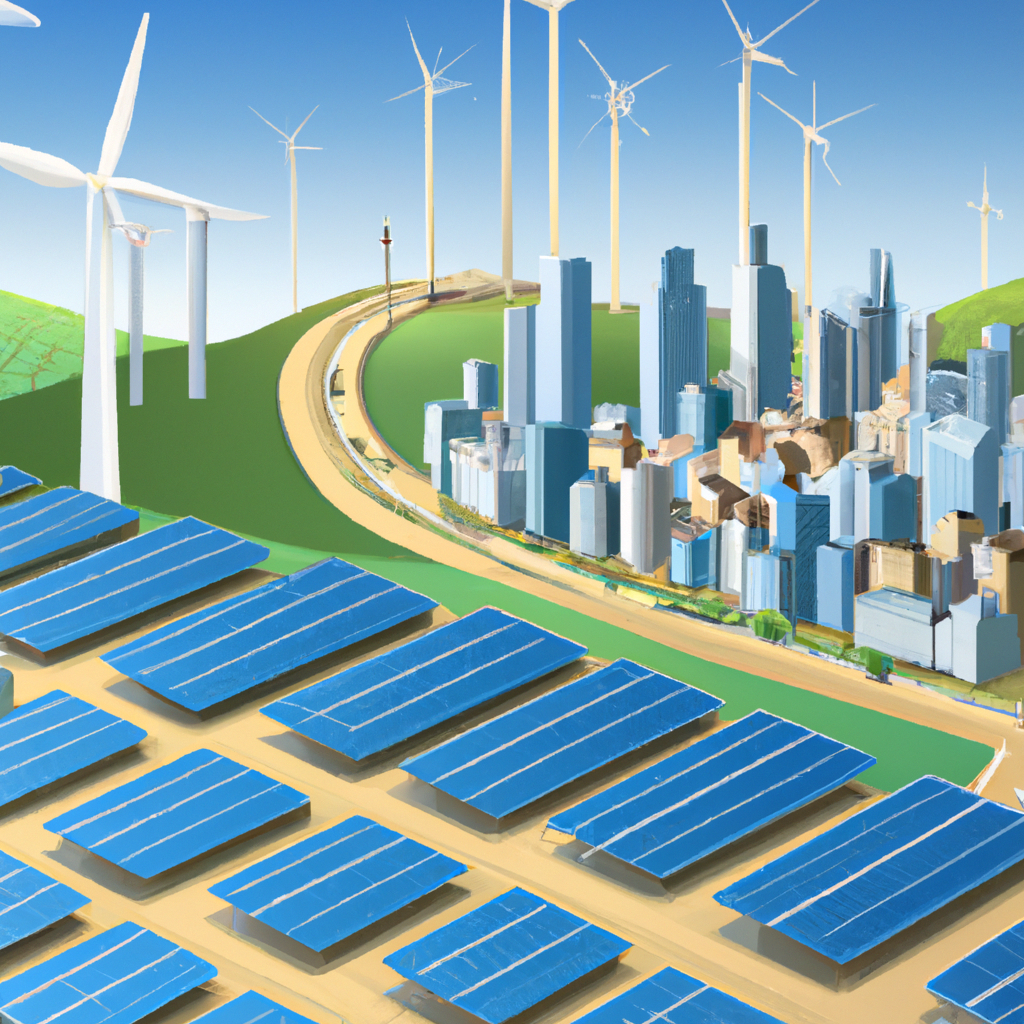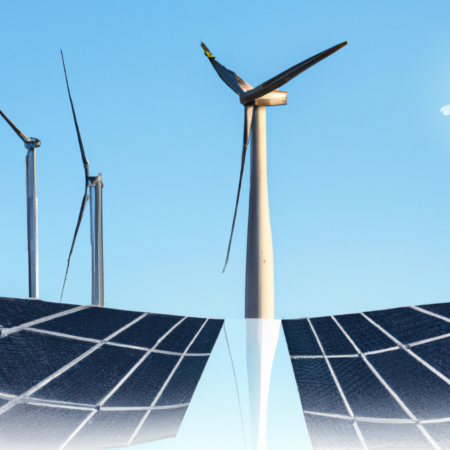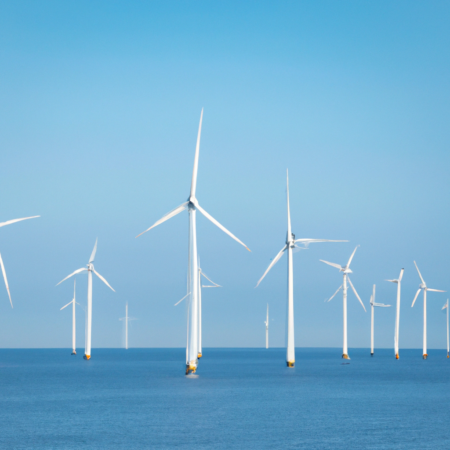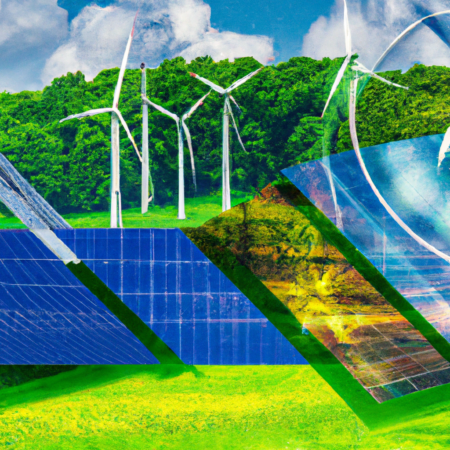Harnessing the Power of Renewable Energy: Pathways to a Sustainable Future
As we venture deeper into 2025, the shift towards renewable energy is not just a trend but a global imperative. The urgency of climate change and the finite nature of fossil fuels have propelled nations to reconsider their energy strategies. This post explores the innovative technologies and policies driving the renewable energy revolution, offering insights into how they shape our environmental, economic, and social landscapes.
Emerging Technologies in Renewable Energy
The landscape of renewable energy is rapidly evolving with groundbreaking technologies that promise higher efficiency and lower environmental impacts. Solar photovoltaic systems and wind turbines continue to dominate, but newer players like bioenergy with carbon capture and storage (BECCS) and advanced geothermal systems are gaining traction. These technologies are pivotal in transitioning to a low-carbon economy while supporting energy security globally.
Policy Frameworks Fueling the Change
Policy frameworks play a crucial role in the adoption of renewable energy. Incentives such as tax rebates, grants, and feed-in tariffs are common strategies employed by governments to encourage the adoption of green energy. Moreover, international agreements and local policies are aligning to support sustainable energy practices, demonstrating a collective commitment to change.
Economic Impact and Job Creation
The shift towards renewable energy is also a significant economic driver. The renewable sector has shown resilience even during economic downturns, suggesting a stable and promising area for job creation. Skills in solar panel installation, wind turbine operation, and sustainable building practices are increasingly in demand, highlighting the sector’s role in future employment landscapes.
Challenges and Future Outlook
Despite the optimistic outlook, the path to a fully renewable energy grid is fraught with challenges. Issues such as energy storage, grid integration, and the intermittent nature of solar and wind energy need innovative solutions. Moreover, the transition must be inclusive, ensuring that vulnerable communities are not left behind in the shift away from fossil fuels.
As we look towards the future, the role of technology, policy, and community engagement in shaping a sustainable energy landscape cannot be overstated. By embracing these elements, 2025 can be a pivotal year in our journey towards a sustainable and energy-secure world.






